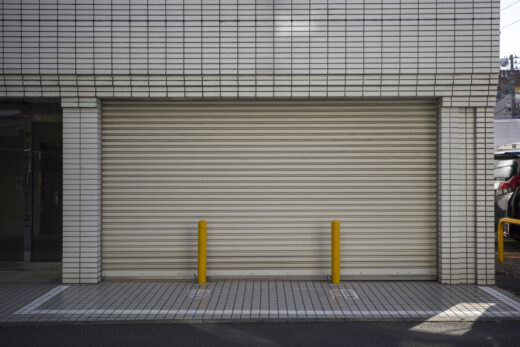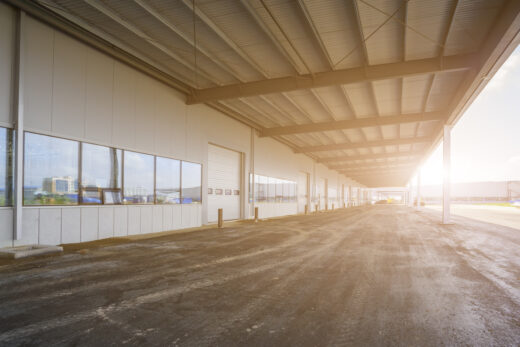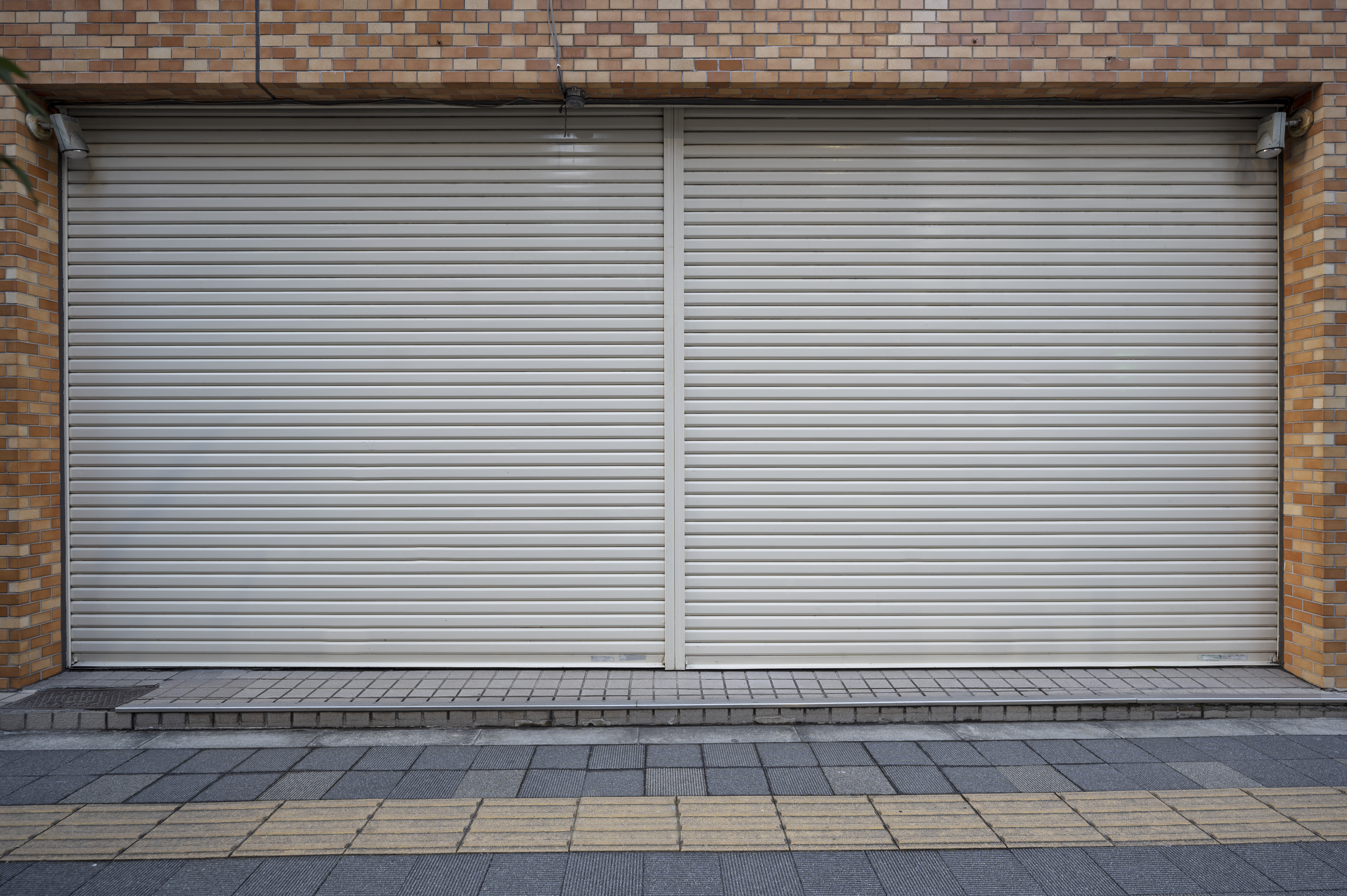Looking for a rugged, reliable outbuilding? Opting for something made of nailed-together wood might not guarantee longevity, and an aluminum shed could be even more flimsy. For true toughness and dependability, nothing beats steel!
Prefab metal garages are renowned for their durability and versatility. Galvanized steel structures can serve as carports, garages, barns, workshops, warehouses, barndominiums, metal building homes, commercial buildings, agricultural buildings, and more. If you’re curious about the longevity of these metal buildings and what makes them exceptional, keep reading for more helpful insights.

How Long Do Metal Garages Last?
Let’s get straight to the point. The lifespan of a metal garage is impressive, largely due to the durability of its materials:
- Steel framing: Rated to last over 100 years.
- Metal roofing and paneling: Typically last from 40 to 80 years.
- Galvanized steel fasteners: Known to last 35 to 60 years.
Given these lifespans, a well-constructed metal garage can be expected to last a very long time—potentially a lifetime!

Metal Garage Buildings: Facts vs. Myths
Myth: Metal garages aren’t built to exact standards.
Fact: Modern steel buildings meet stringent standards set by organizations like the American Iron and Steel Institute (AISI) and others. These structures can be designed to meet any local building code, including wind and snow load requirements, and are capable of withstanding prolonged hurricane-force winds
Myth: Metal garages are flimsy.
Fact: Steel tube framing and paneling create some of the strongest buildings available, boasting a strength-to-weight ratio up to 25 times greater than wood. Different gauges of steel allow for customized strength levels.
Myth: Metal garages are prone to rust.
Fact: Galvanized steel prevents rust, ensuring that pre-engineered steel buildings (PEMBs) resist moisture damage and last for decades.
Myth: Metal garages are non-customizable and boring.
Fact: Thanks to steel framing’s strength and flexibility, metal garages can be designed without internal supports, allowing for versatile floor plans. Exteriors are fully customizable, offering various design and color options.
Myth: Metal buildings interfere with electronics, cell phones, and Wi-Fi.
Fact: Electromagnetic waves pass through metal buildings as easily as other construction types, meaning no interference with electronics.
Myth: Metal buildings act as lightning rods.
Fact: While metal conducts electricity, it doesn’t attract lightning more than other structures. Metal buildings safely diffuse lightning into the ground, making them one of the safest places during an electrical storm.
Myth: Metal garages are complicated to build.
Fact: Precision-fabricated PEMBs are simpler and quicker to install than stick builds, often requiring less labor. Custom garage kits are also available for those who prefer DIY projects.
Myth: Metal garages are more expensive.
Fact: Steel-framed garages are competitively priced and often less expensive than wooden structures, especially for larger buildings. They also require less maintenance and offer a better return on investment due to their longevity.
Conclusion
In summary, steel garages offer unmatched durability, customization, and cost-effectiveness. These buildings are built to exacting standards, resist rust, and provide flexible design options. They are safe in storms, simple to construct, and ultimately provide a long-term investment that stands the test of time. Whether for personal, agricultural, or commercial use, a metal garage is a smart and reliable choice for any need.


